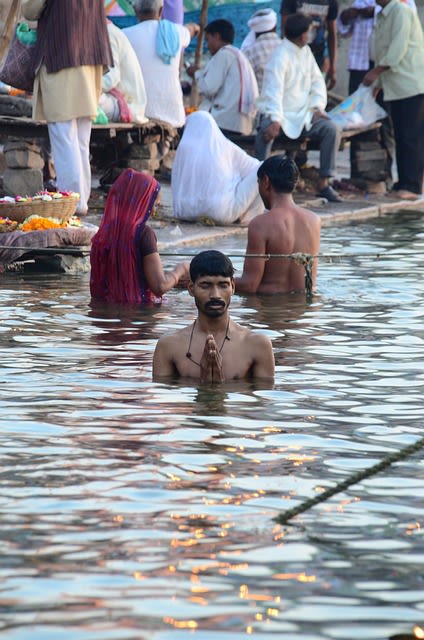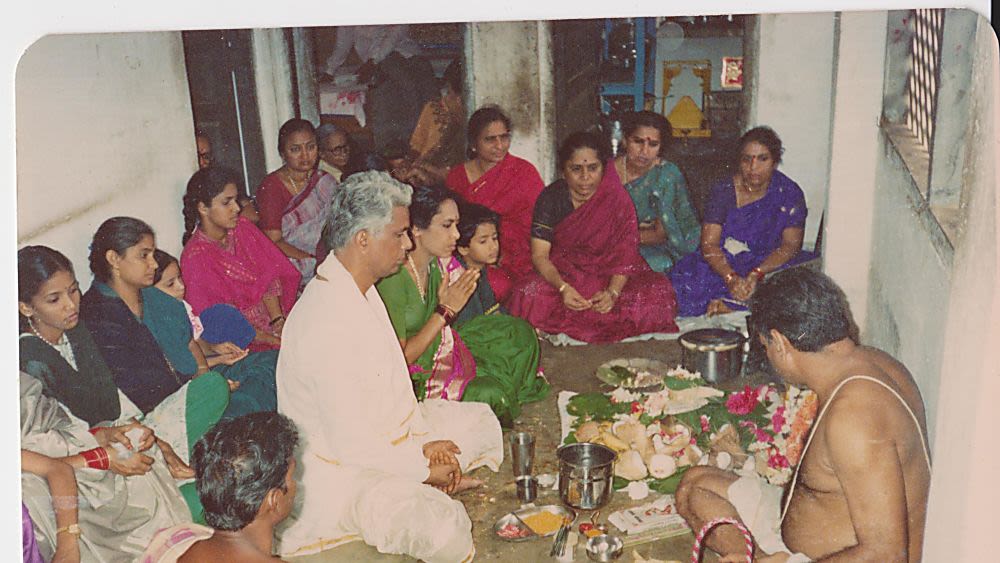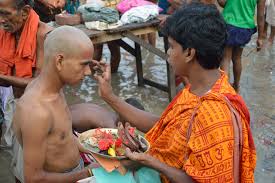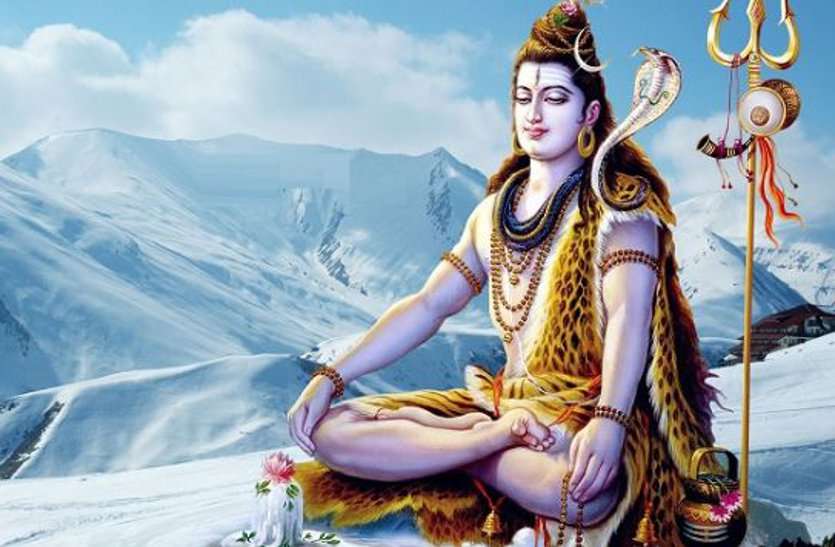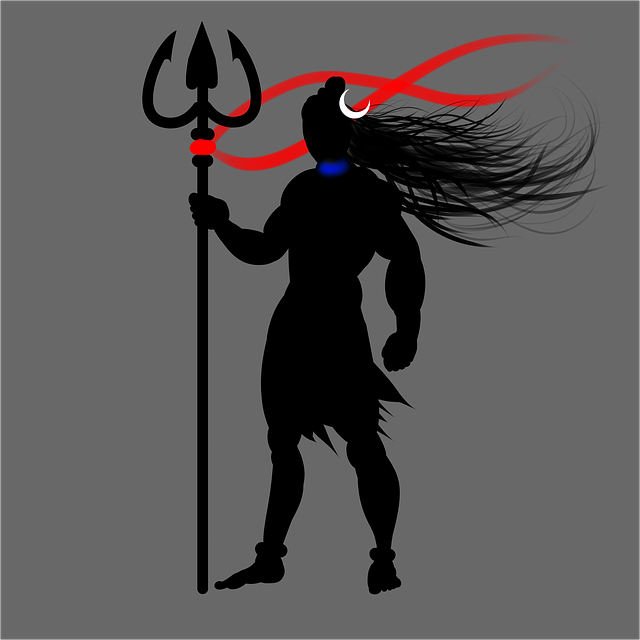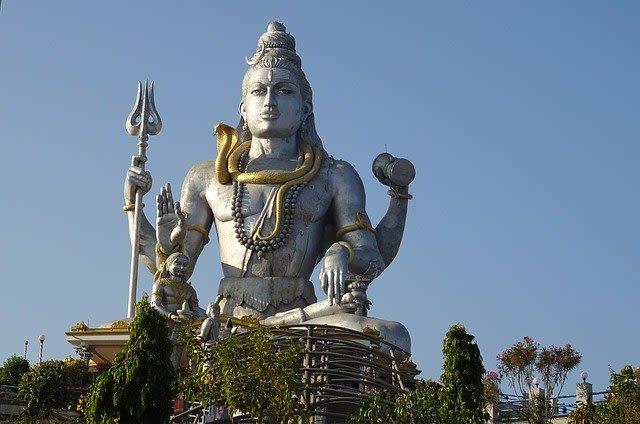How is Chaitra Navratri different from Sharad Navratri?

Navratri is one of the most important festivals for Hindus and it is celebrated across the country with great pomp and show. These nine days of Navratri are considered to be sacred and auspicious as it is believed that Maa Durga fulfills all the desires of her true devotees.
However, many of us are unaware that the Navratri festival is celebrated five times a year during different seasons. The first Navratri festival is celebrated in the Hindu month of Chaitra hence it is called Chaitra Navratri. Second is the Ashadha Navratri, third is the Sharada Navratri, fourth Navratri is celebrated in the Paush month and fifth is Magha Navratri.
Chaitra Navratri which falls at the beginning of the summer season and the Sharad Navratri that occurs at the end of monsoon season are the two most important Navratri festivals.
So, let’s see how Chaitra Navratri is different from Sharad Navratri
Chaitra Navratri generally occurs in the month of March and April and is also known as Vasant Navratri. People in different parts of the country like Karnataka and Andhra Pradesh celebrate this festival as Ugadi while the people of Maharashtra call it as Gudi Padva. This Navratri festival is celebrated in Chaitra Masa, Shukla paksha and is the most important festival for the people of North India.
Sharad Navratri is celebrated in the Hindu month Ashwin which marks the beginning of the winter season. Also called Maha Navratri, this auspicious festival is carried out in almost all parts of the country. During the nine days of this festival, various forms of Durga are worshipped seeking her blessings and protection.
The nine different incarnations of Goddess Shakti are Durga, Bhairavi, Jagadamba, Bhadrakali, Sarvamangala, Annapurna, Mookambika, Chandika, Bhavani, and Lalita.
Sharad Navratri marks the victory over evil and the popular mythological story is connected to this festival which explains how Maa Shakti killed the demon Mahishasura. The tenth day of this festival is celebrated as Vijayadashami.
However, both these Navratri festivals have some rituals in common like people observe fast for nine days, they perform puja & aarti. The deities are decorated with fresh flowers and fruits as well as various sweets are offered as prasadam. On the last day of the festival in some parts of India, the celebrations conclude by immersing the idols of the deity in water.
